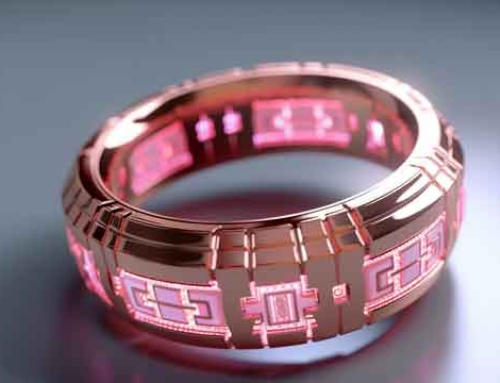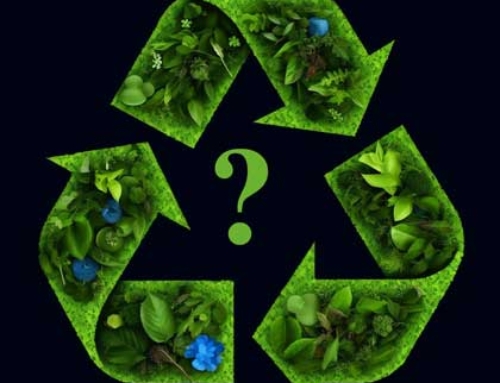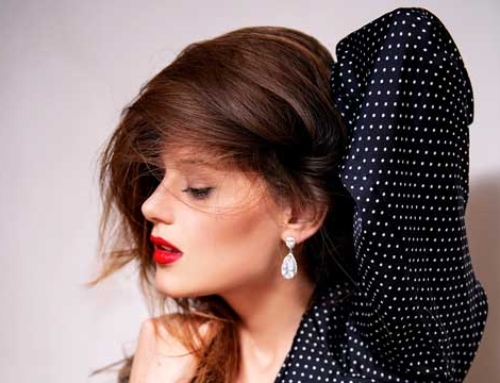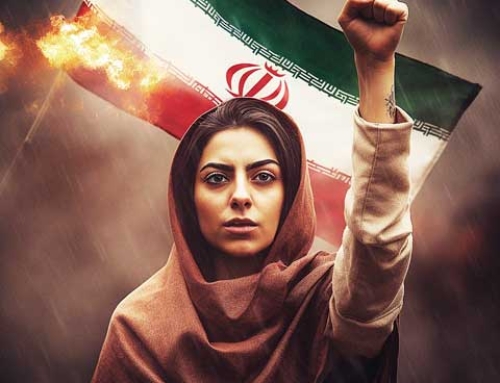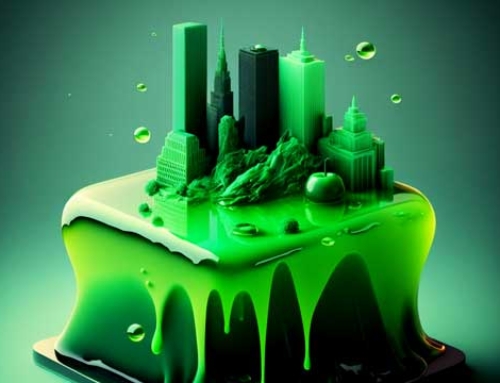What we see as symbols of wealth is evolving, influenced by ethical and sustainable development concerns. So what does luxury mean in 2020 and more specifically one of its main “external signs“, diamonds?
Diamonds have been synonymous with wealth for centuries. From Marilyn Monroe, for whom “Diamonds are a girl’s best friend“, to Lil Xan diamonds in 2018, they have entered the cultural world of celebrities. Think of YouTuber Jeffree Star in awe in front of a diamond-paved Birkin bag, or Kim Kardashian showing off her diamond-encrusted teeth on Instagram. In 1982, investigative journalist Edward Jay Epstein published an article in The Atlantic analyzing the obsession with them. According to him, diamond is a pure “invention” that has consisted in spreading the idea that these stones are rare, precious and most valuable. For Edward Jay Epstein, this invention goes far beyond a monopoly to control prices. It is in fact a “mechanism to convert these tiny carbon crystals into a sign of universally recognized wealth, power and romance“. Is this invention likely to continue?
A world in change
In the world of watchmaking, diamond-set watches are the pillars of many collections that are familiar in the world of Haute Joaillerie. However, is the future of diamonds still bright? In the 1990s, the United Nations began to talk about “blood diamonds“, putting a harsh spotlight on these stones, which were the fuel of many armed conflicts. Since then, the diamond market has undergone a profound change. Some old mines are closing without new deposits being discovered to replace them. In a report on this market, analyst Edahn Golan even states that in 2019 “the market as a whole, from mining to retail, has gone through a major crisis“.
“The diamond industry can no longer rely on its symbolism alone, however strong it may be.”
This crisis is clearly due to socio-economic changes. In its World Social Report 2020, the UN reveals that more than 70% of the world’s population lives in countries with widening wealth gaps. This environment now favors the concept of sustainability, while the uncertainties created by Covid-19 make diamonds a luxury beyond the reach of most people. The very idea of luxury is also changing. Highsnobiety defines the “new luxury” as “not only what you wear but also what you know“. More and more consumers are asking themselves where the goods that attract them come from, why they are desirable and who makes them. The diamond industry can no longer rely on its symbolism alone, however strong it may be. It must adapt to a new generation of conscious consumers.
Extravagance on the rise when it comes to luxury
In spite of this evolution of mentalities, diamonds are still more than ever considered as a symbol of wealth. In January 2020, Louis Vuitton began its year with the purchase of the second largest rough diamond in history for “millions of dollars”. Other brands also fill in the trumpets of Haute Joaillerie. Gucci, for example, released a Haute Joaillerie collection in March 2019, as did Giorgio Armani. The precious stones, diamonds in the lead, have lost none of their magnificence. According to a report by Grand View Research, the jewellery market is expected to continue to grow to $480.5 billion by 2025, fueled by wealth creation and rising disposable income in countries such as China, India and Hong Kong. The report also attributes market growth to brands like Tiffany, which show how the industry can adapt to a sustainable world by being more transparent about its supply. In January 2019, Tiffany announced full transparency on the provenance of its new diamonds.
Interest in synthetic diamonds has been increasing worldwide.
It would seem, therefore, that two trends coexist: an unshakeable faith in the symbolic value of diamonds and a growing demand for greater transparency and sustainability in this industry, according to the dogmas of the new luxury.
Synthetic diamonds, luxury or not?
In 2018, we asked ourselves whether synthetic diamonds could be a sustainable and more affordable alternative to natural diamonds. Since then, interest in this type of stone has been growing around the world as the technology to produce them has spread. In 2017, MVI Marketing conducted a survey of Generation Y: 70% of respondents said they would consider buying a synthetic diamond for their engagement ring. Another indication of the change in mentality.
A laboratory diamond can be produced in only 10 days and costs 10 times less than a natural diamond. This goes against the slogans used to market stones of natural origin, slogans that generally boast of their rarity. Last year, the Diamond Producers Association again launched a campaign called “Real is Rare” in the words: “Three Billion Years in the Making“. But it is revealing that De Beers, the world’s largest diamond producer, has its own brand of Lightbox jewellery, which features synthetic diamonds. The brand pulls the same strings as those used for the “invention of diamond” by emphasizing the “revolutionary technology” that required 30 years of development or the number of working hours needed to produce these laboratory stones. It is a matter of adapting the luxury image associated with diamonds to products that are more in line with contemporary values.
As symbols of wealth and success are challenged and collective attention focuses on sustainable solutions, the diamond market must respond to these new challenges, to a new definition of luxury. There is no doubt that the industry can meet these new expectations given that diamonds have lost none of their aura. At most it is communicated differently. It’s up to every Kim Kardashian in the world to be its heralds.



